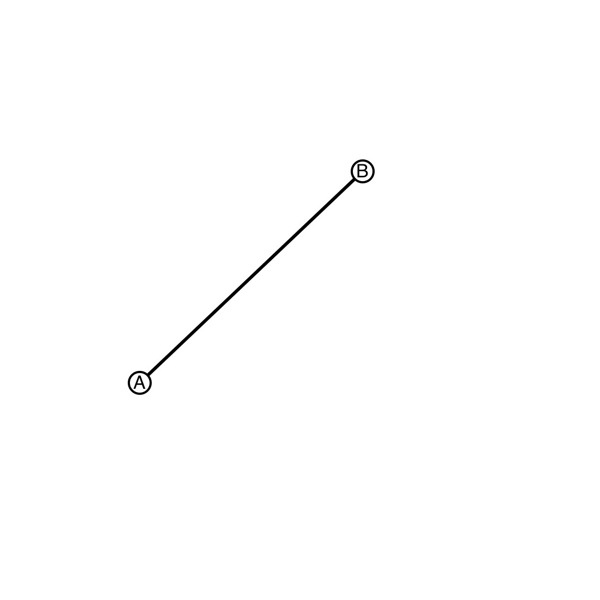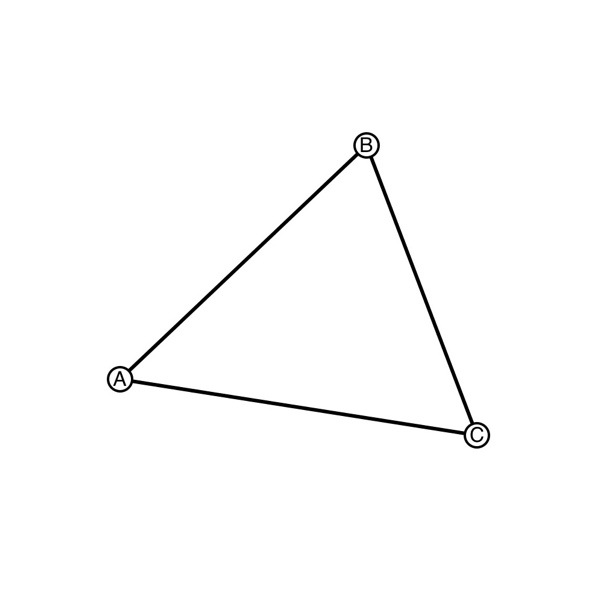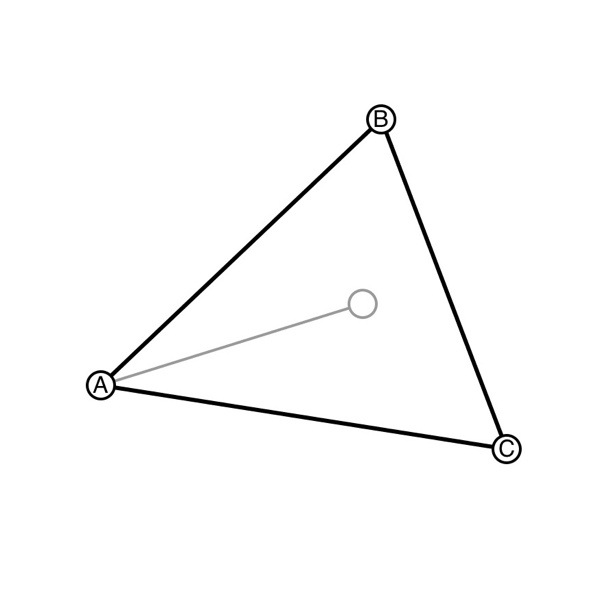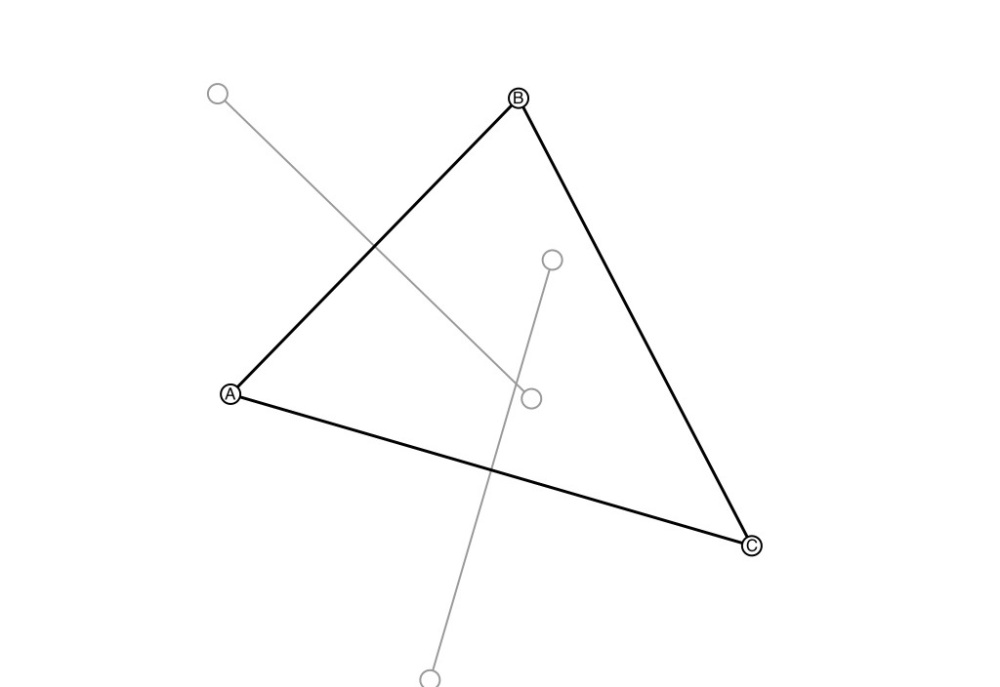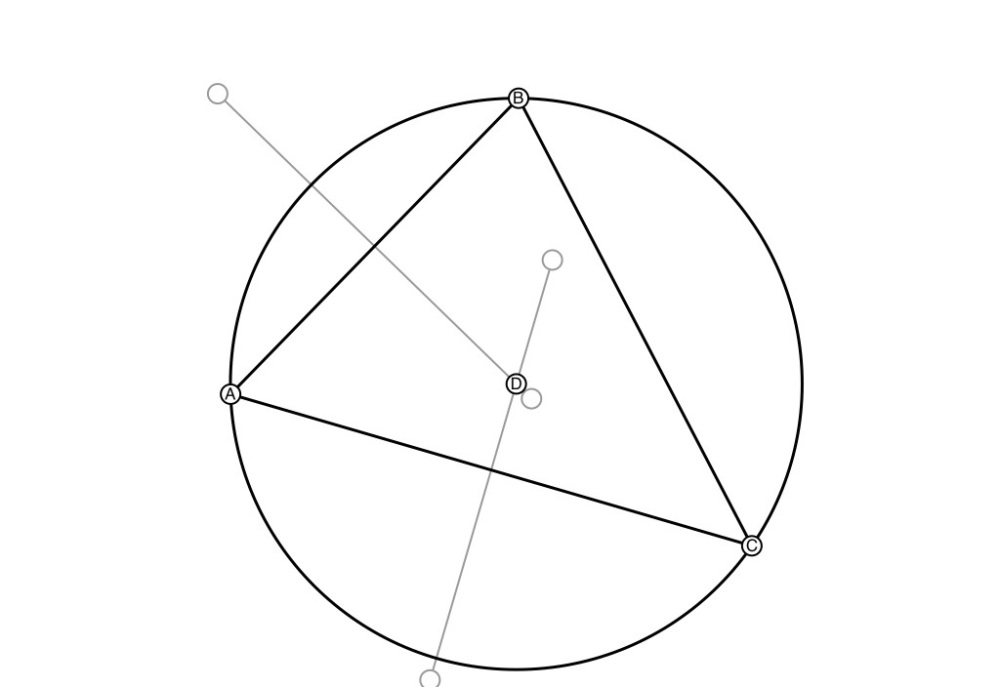Inscribing a circle in a triangle is finding a circle that is precisely tangent to each of the sides of the triangle. To do this we first find the incenter, which is the intersection of the bisectors of each angle in the triangle.
1. Create a point to start the triangle.
2. Draw a line from the point by dragging from it with the Line tool selected.
3. Draw more lines to finish the triangle.
4. To construct the angle bisector traditionally, we could use the compass tool. However, there is a shortcut in Isosceles to do this. First tap and hold on a point, and tap Info in the menu that appears. You should see a menu like this:
5. Tap the angle item in the menu, then tap Construct Bisector. The bisector will appear on the canvas.
6. Repeat the process for all the points in the triangle. If you have Shows Intersections turned on in the Canvas settings, you should already see the intersection of the bisectors.
7. Tap the intersection with the default pencil selected to create the incenter. Using the Circle tool, you can now create the circle that is tangent to the sides of the triangle.
I hope this helped you make the most of Isosceles! Please leave a comment if you have any questions, or contact me from the Help menu in the app.


